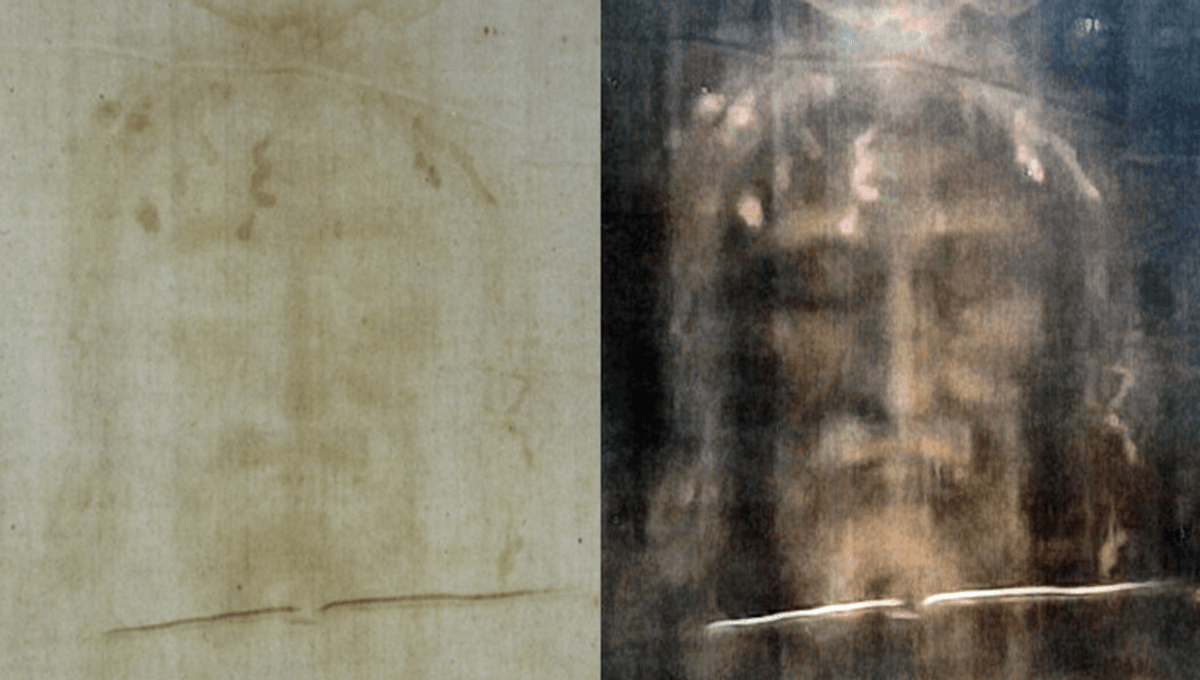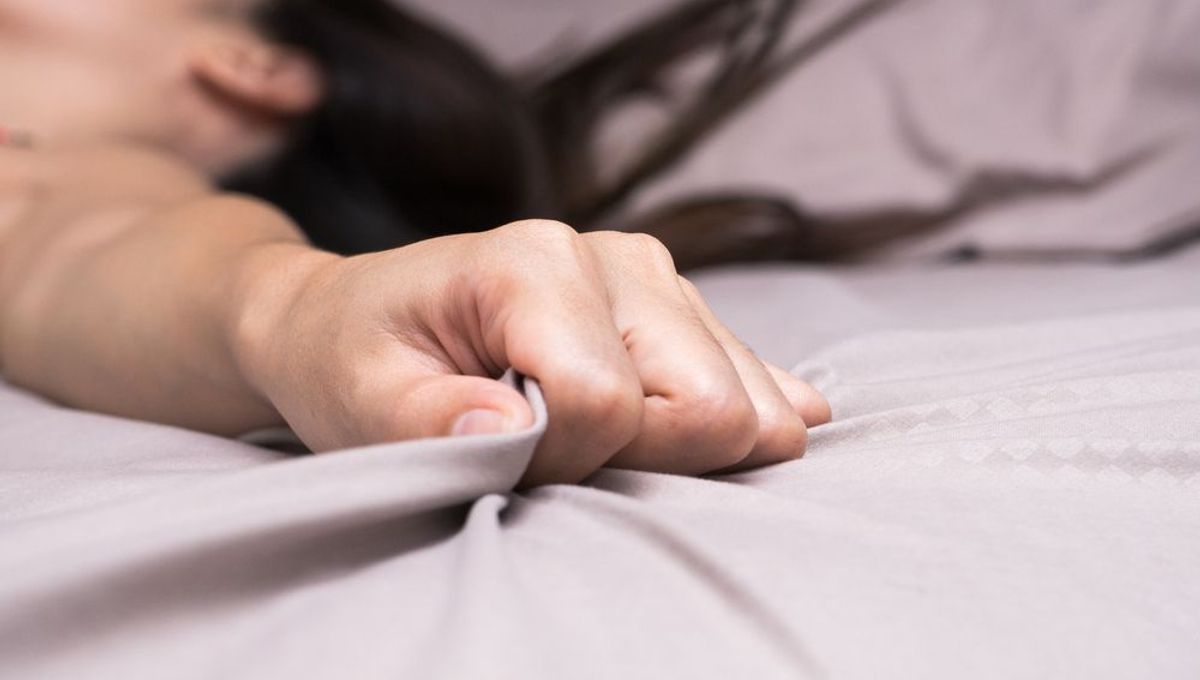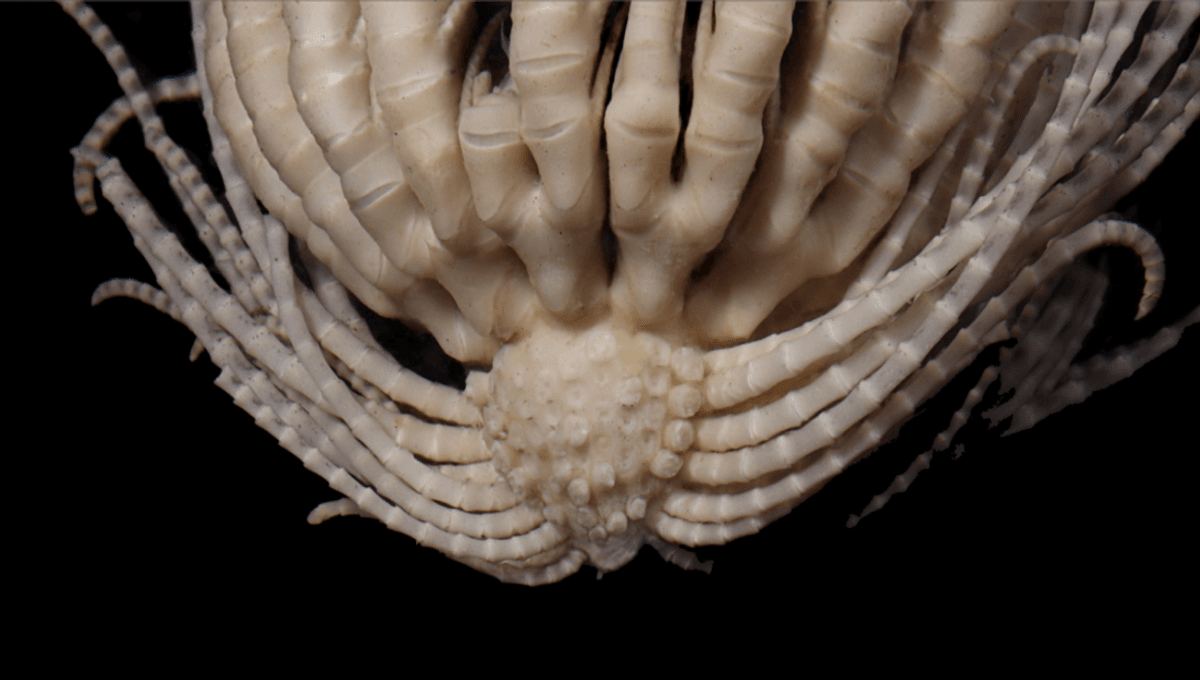Step into the mystery surrounding the shroud of Turin, a remarkable piece of linen cloth believed by some to have wrapped the body of Jesus Christ. This ancient relic bears a faint image, said to depict the face of Jesus himself, adorned with a crown of thorns and what appears to be bloodstains.
Of course, like many relics associated with Jesus, the authenticity of the shroud has been fiercely debated. Its first recorded mention dates back to 1354, when it was owned by Knight Templar Geoffroi de Charnay. Just 35 years later, it was displayed and promptly denounced as a cleverly painted forgery by the bishop of Troyes.
Despite these doubts, the shroud has captured the attention of popes throughout history, with some even making pilgrimages to see it as recently as 2015. While it is rarely exhibited today, scientists have subjected it to rigorous testing in an effort to uncover its origins and creator.
In the 1980s, the shroud underwent radiocarbon dating by three independent teams of scientists from Arizona, Oxford, and Zurich. Their findings, published in the esteemed journal Nature, concluded that the linen of the shroud dated back to the medieval period, specifically between 1260 and 1390 CE.
This aligns with the historical records and the bishop of Troyes’ declaration of fraudulence. However, some proponents of the shroud’s authenticity suggest that the samples taken for testing may have come from a repaired section or were contaminated during a fire in Chambery, France, in 1532.
Desperate to salvage their beliefs, others propose that carbon monoxide contamination skewed the dating by a thousand years. Yet, experiments with carbon monoxide on other cloths have shown no significant impact on radiocarbon dating.
Further studies have focused on the patterns found on the shroud itself. One team simulated wounds using real and synthetic blood, pumping it through a mannequin to replicate the patterns seen on the shroud. Surprisingly, their findings did not align with crucifixion, as the body parts would have needed to be at different angles to produce the observed patterns.
While skeptics argue that these findings could have been altered if a body had been transported within the linen, the scientific evidence thus far tells a straightforward tale.








